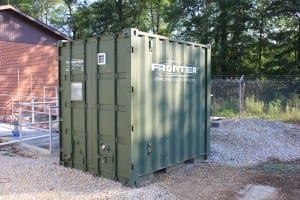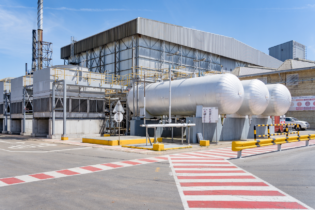A science and technology professor has shown that improving wastewater treatment and saving energy are not only essential, but they’re also compatible.
Dr. Jianmin Wang, professor of civil, architectural and environmental engineering at Missouri Science and Technology, has developed multiple wastewater treatment technologies that produce freshwater that is not only cleaner than wastewater treated using traditional methods, but also requires less maintenance and energy. Additionally, his inventions can be used to retrofit existing wastewater treatment plants. Wang says 0.8 percent of America’s energy use is spent on wastewater treatment. Much of that energy is used to aerate the tanks where wastewater is treated. The energy is used to feed oxygen to the microorganisms that consume the waste, and traditionally wastewater treatment plants maintain an oxygen concentration of 2 milligrams per litre to feed the bugs in the tanks, “which makes them happy,” Wang says. The prevailing thought has been that providing less than 2 milligrams per litre of oxygen would make the microorganisms “unhappy.”But Wang does not believe that is an issue, saying that if you feed them at a lower concentration, such as 0.5 milligram per litre, it makes them a little less happy, but the microorganisms will live longer and enrich more – plus you use 30 percent less energy during oxygen infusion to produce the same results.








